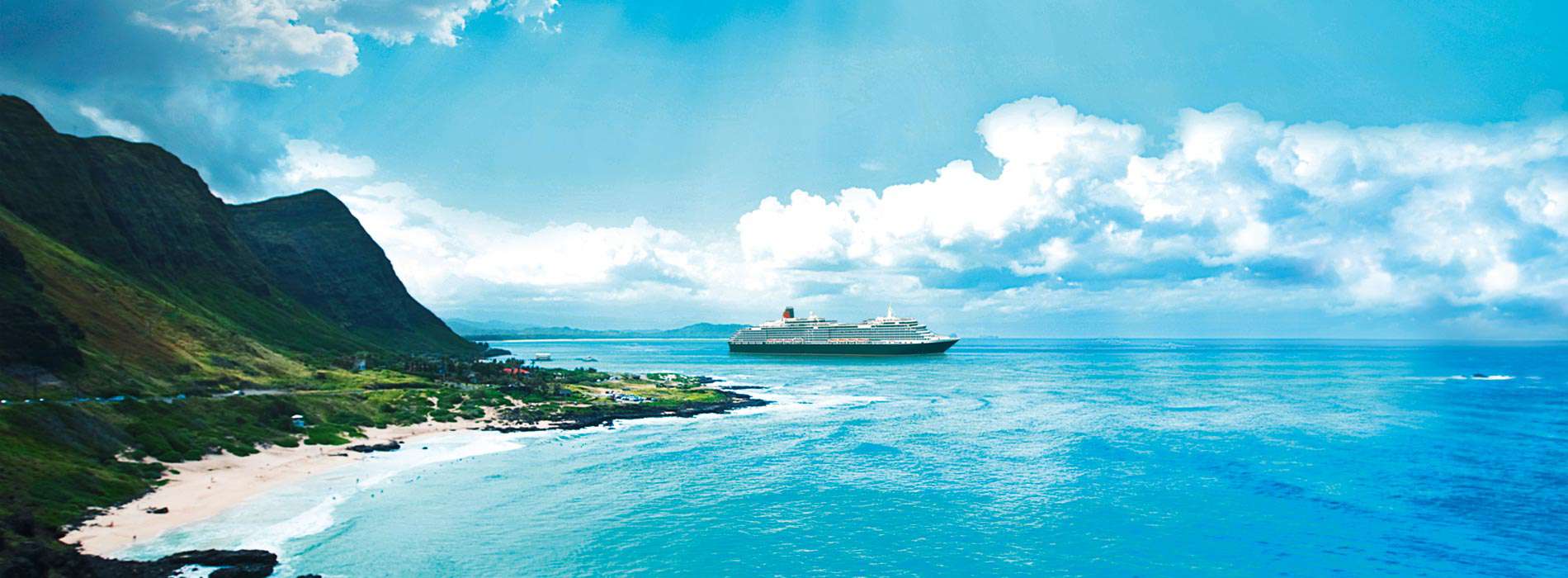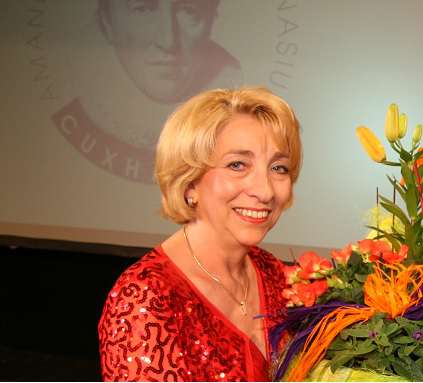Mauritius and Réunion - the two beauties in the Indian Ocean
発行済み: 15.04.2017
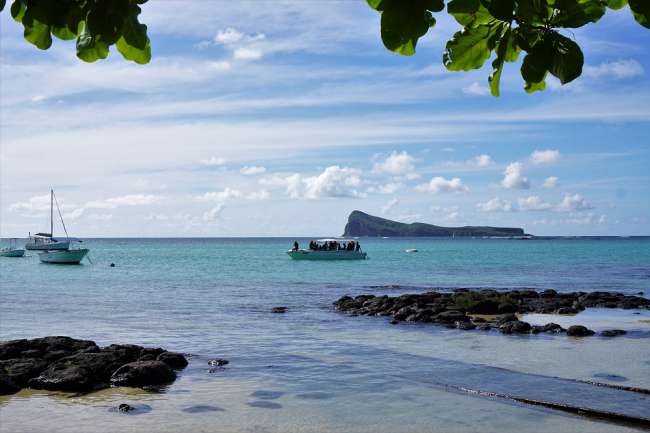
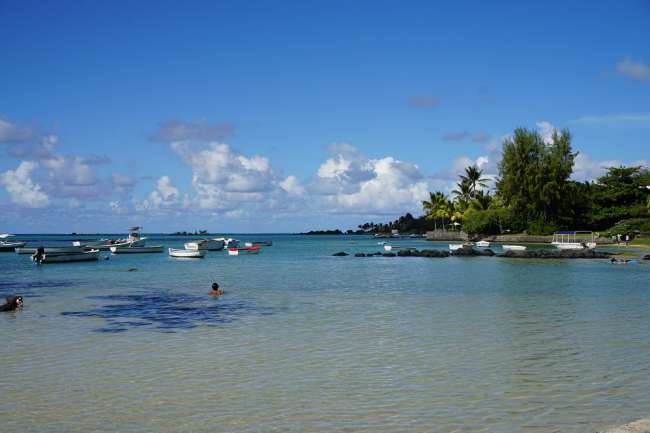
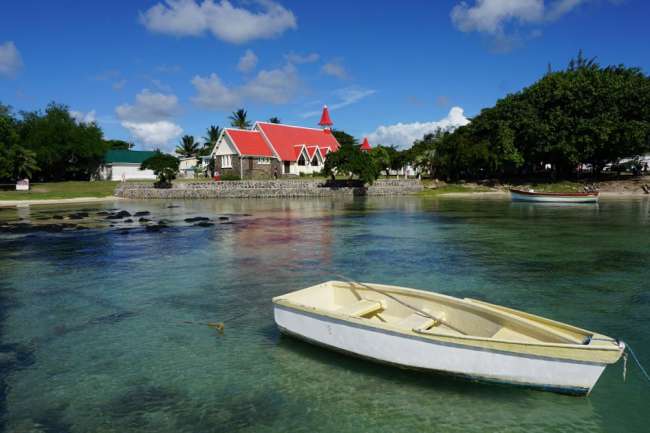
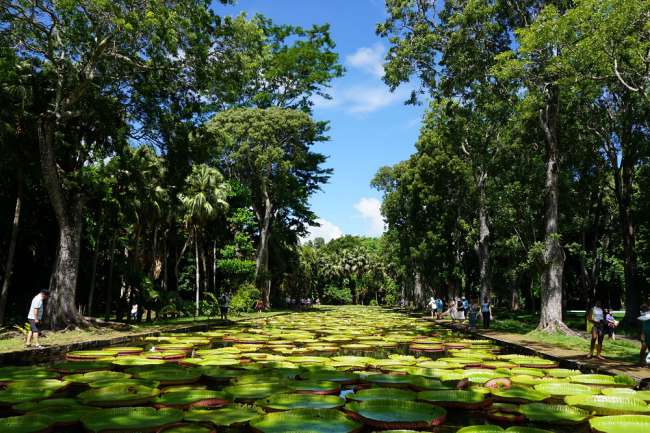
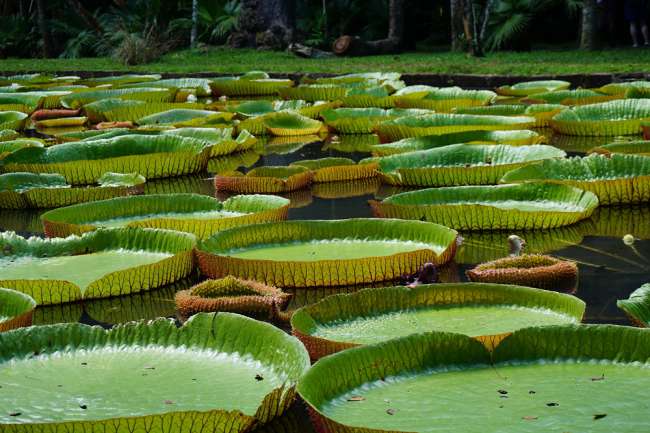
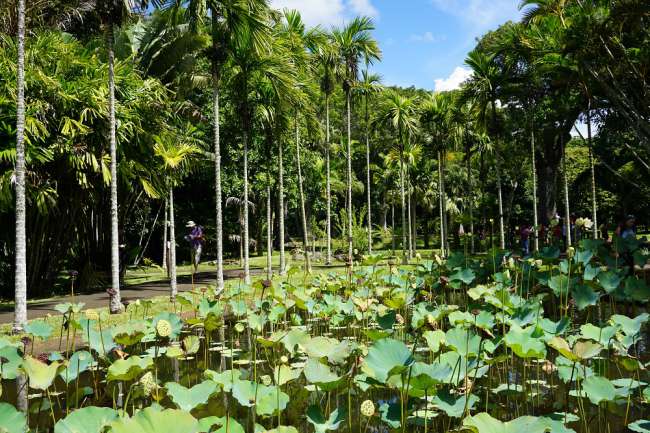
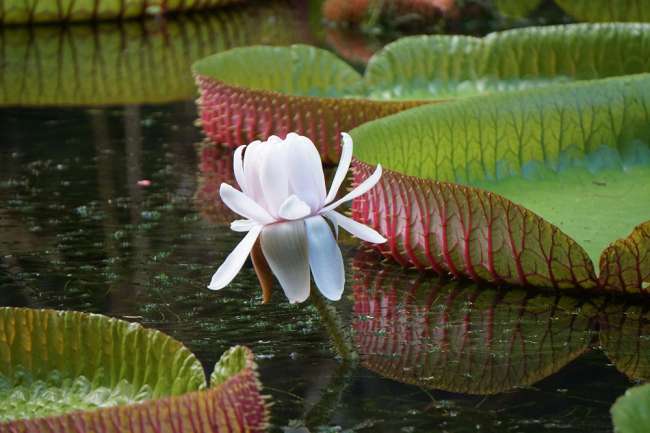
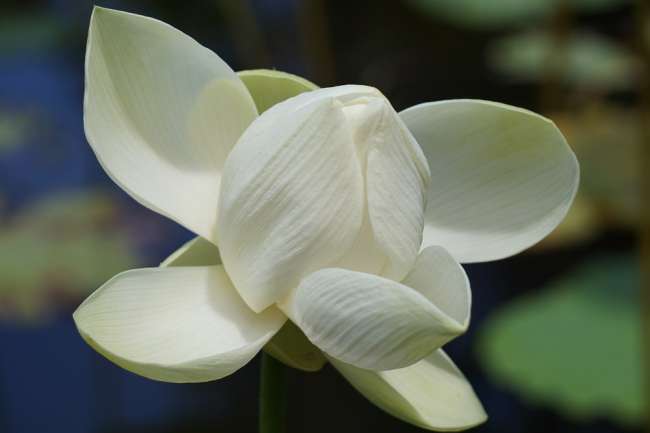
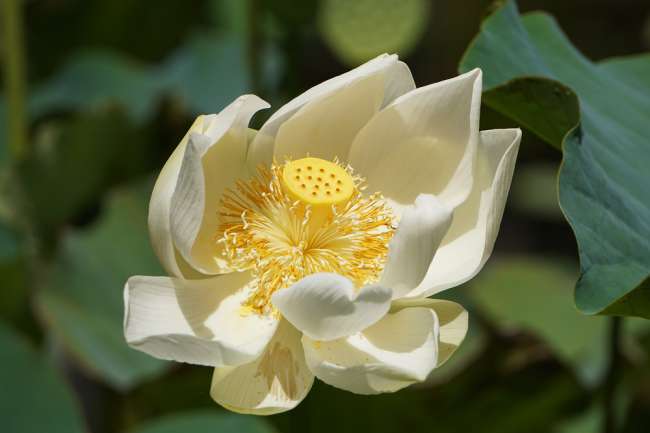
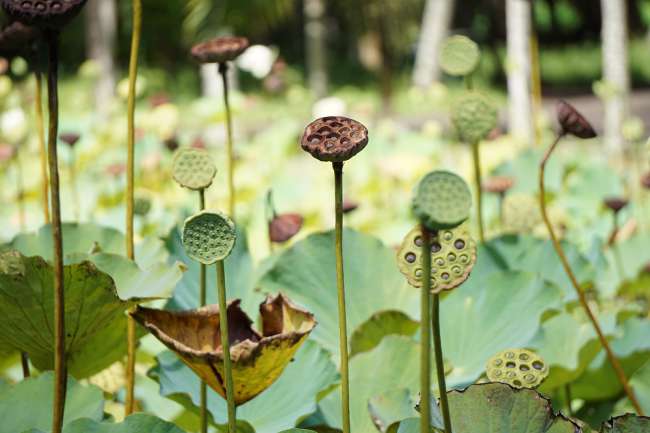
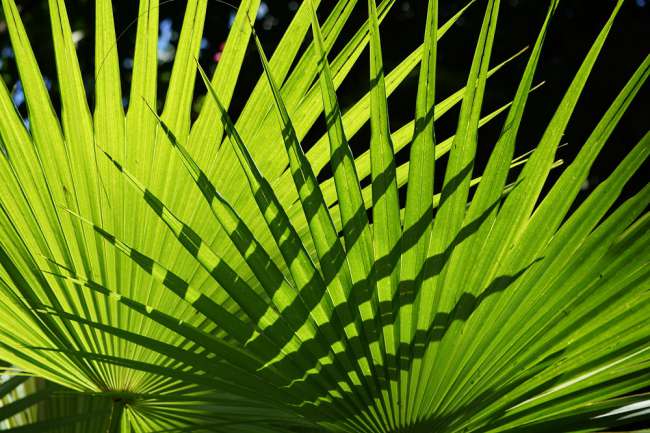
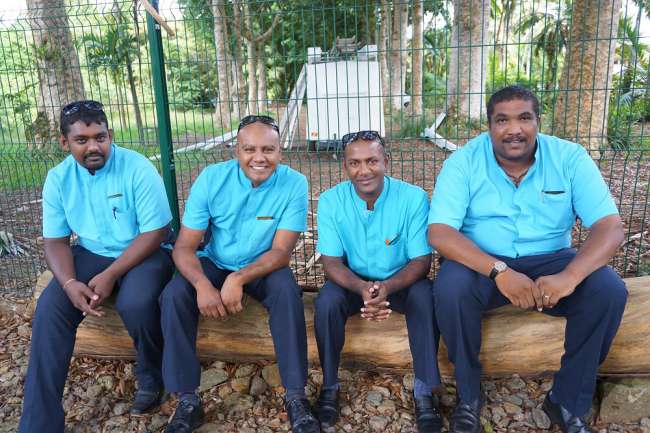
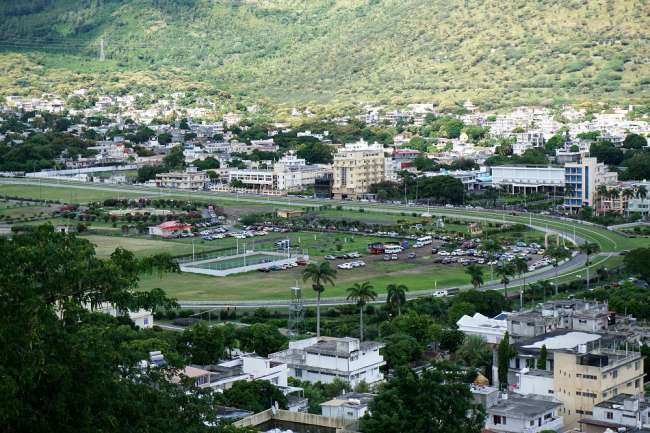
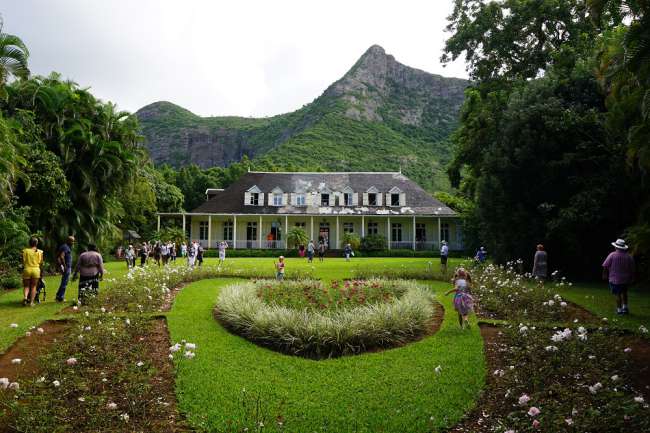
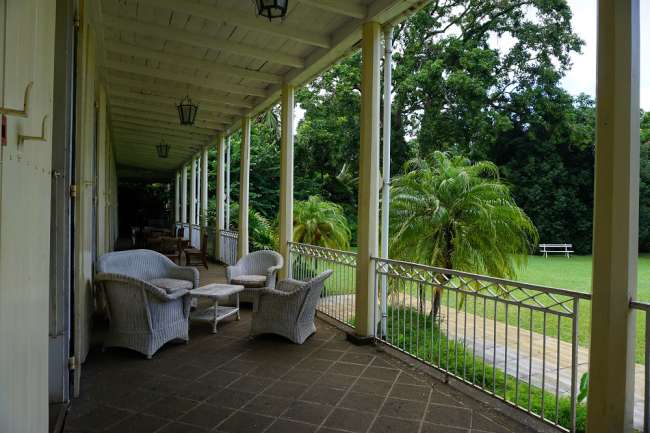
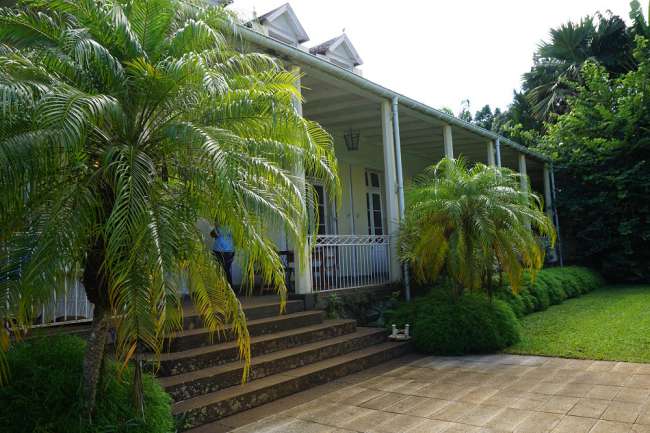
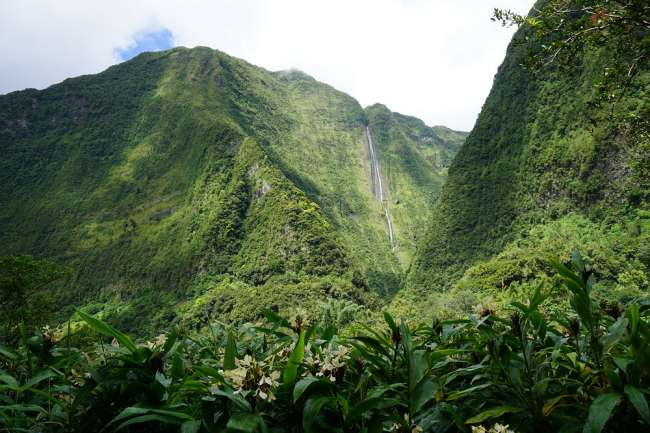
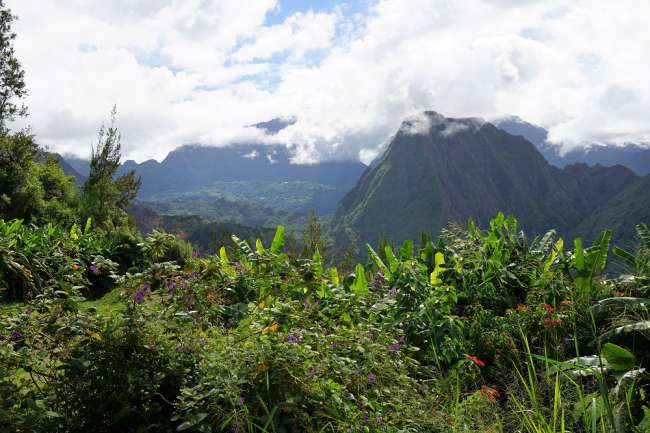
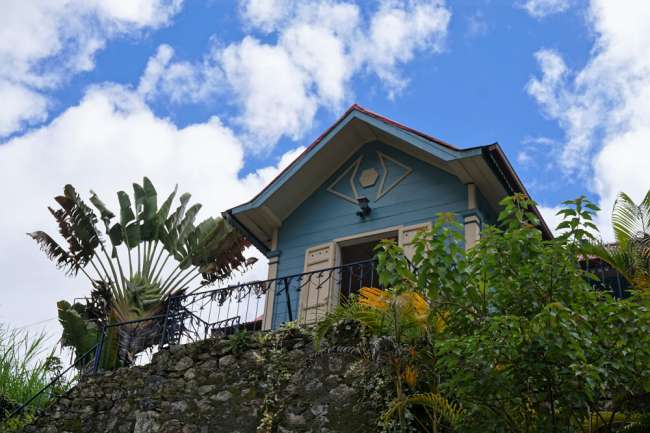
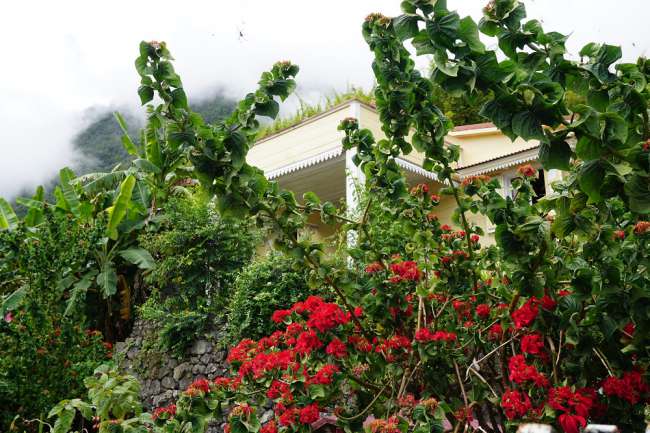
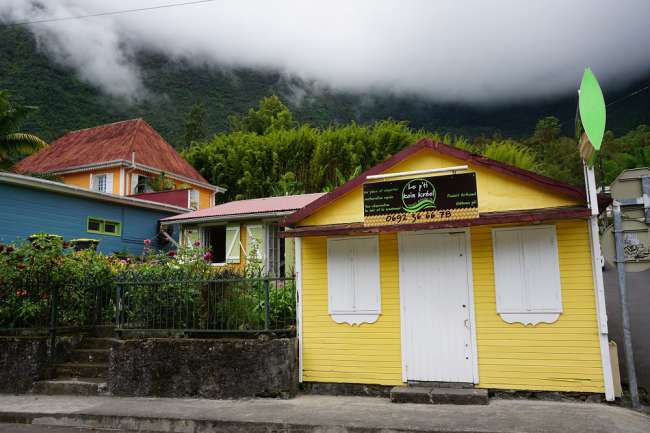
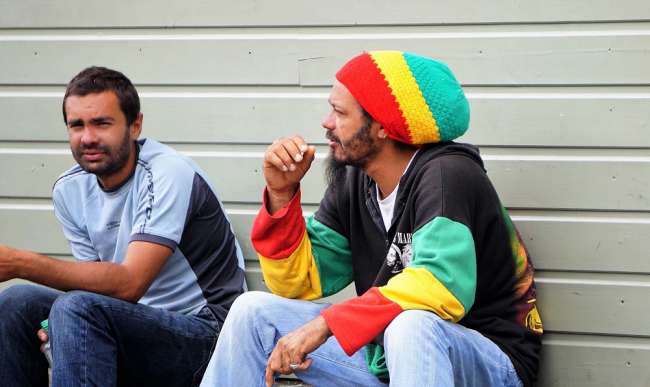
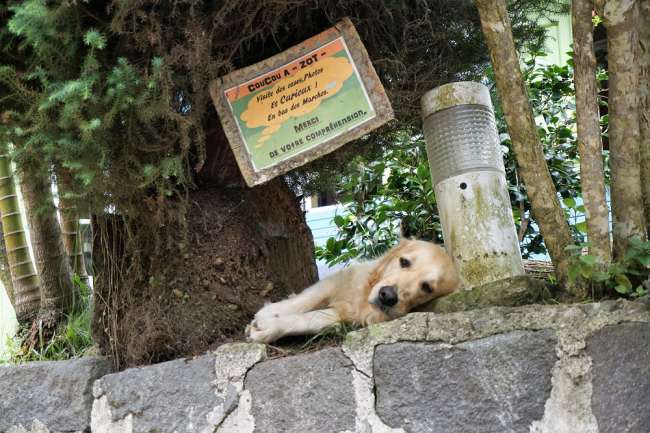
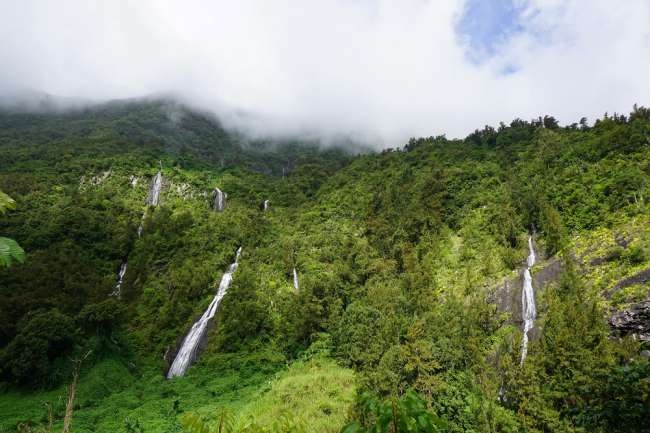
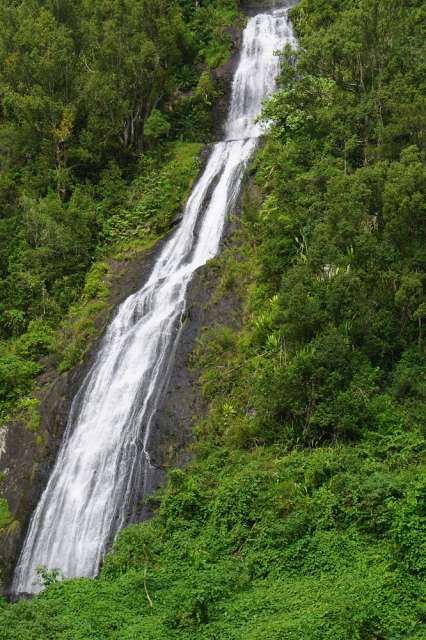
ニュースレターを購読します
According to Marc Twain, Mauritius was created before paradise came into being, and served as an example for the latter. And this island truly looks like a little paradise: high mountains with impressive peaks, volcanoes, lush vegetation with palms and exotic plants, and above all beautiful coasts and sandy beaches - that is Mauritius. Here you can truly spend time and always see something new. The range of excursions was diverse. You could drive to the volcanic craters and admire mountains with 7 different colors of sand, which never mix, or drive to the tea plantations in the mountains in the interior of the country and to the sugarcane plantations, go on a safari and observe wildlife, or enjoy the coastal region with its magnificent beaches and offshore islands. The choice was difficult and I decided on a mix of the interior and the coast.
The ship was located near the capital Port Louis, which with 140,000 inhabitants accounts for almost 15% of the population, named after Louis XV of France. Just like the entire country, Port Louis shows a diversity of ethnic groups, including Chinese, many Indians, Africans, Europeans, who all live together peacefully. I saw a TV recording of the President, who said: "We do not tolerate people from different nations and religions, we accept them." This friendly coexistence is characteristic of the people here, even though they officially speak French and some English, but the simplified French with dialects is Creole, which everyone uses in everyday life. So it's a colorful mix of people. In Port Louis, you will find a quite modern cityscape with a mosque as well as a Catholic cathedral and the modern waterfront, near which is also the "Blue Penny Museum", which houses the famous misprint of the "Towpence Blue" and the "Penny Orange" - the red and blue Mauritius. Each of them is valued at 1 million USD. In the middle of the city, there is a horse racing track, the "Champs de Mars", which clearly shows the British and also French influence. This racetrack is the oldest racetrack in the southern hemisphere. Until 1815, Mauritius was French, then British until 1962, and since 1992 it has been an independent republic.
Economically, Mauritius is doing quite well, although not comparable to the Seychelles, but tourism and above all textile production (some luxury brands have their products manufactured here) and still sugar bring in money. Unfortunately, real estate prices are rising due to investors, and the locals often rely on government support for building houses. That's why they often add another floor to the flat-roofed buildings, usually their parents' houses, and only when the final paint is applied, do they have to pay taxes. This means that they take their time with completion, so that the cityscape looks quite "unfinished" and not so appealing. On the other hand, there are many beautiful houses on the coastal areas and hillsides.
I particularly liked the oldest estate and house from colonial times with the beautiful name "Eureka", which, as a museum with original furniture, exhibits a high standard of living for that time with a bathroom and beautiful rooms. There we were served a small snack, which was prepared very deliciously and hot in the house kitchen. The covered, shady veranda and the beautiful garden were something to enjoy.
But you could also experience that in the town of "Pamplemousse", where there is a magnificent and very large tropical garden with many different types of palms, which were planted by the French in 1736. I was particularly impressed by the giant water lilies and the equally beautiful white lotus plants, which could be compared in their different stages of fruiting. Despite the 30-degree heat, it was pleasantly shady in the park. After that, we visited a sugar cane factory, which explained the history of the island and the importance of sugar cane in a very modern way. When slavery was abolished in the mid-19th century, there was a large influx of Indians who took on the work in the fields. Until 1950, Mauritius was almost a single culture of sugar cane and the largest exporter of sugar. Nowadays, however, there are many other countries that are also in competition. Rum is mostly produced from sugar cane, and we were generously offered 8 varieties of rum to taste, ranging from 2 to 8 years old. I preferred to stop after the third variety, because so much high-proof liquor in this heat is not exactly good. But what I tried tasted very good and mild. My last excursion point was the famous Cap Malheureux, at the northern tip of the island, where there were many casualties in the fight against the British, hence the name. But the bay looks very beautiful. Particularly picturesque, right by the sea, there is a small church with a red roof, which has become a popular wedding church for couples getting married in Mauritius.
The next day on Réunion was equally beautiful. Above all, I had the feeling of suddenly being in France: euros as the currency, only French as the language of communication, everything built and well-kept with beautiful coastal paths, fitness and jogging trails, and even boules courts, as well as campaign posters for the upcoming election in May in France. Furthermore, suddenly there was phone reception on our mobile phones again, as we were in the French network, so France on the southern hemisphere. In fact, La Réunion is a French overseas department and the inhabitants are French citizens, with the capital being St. Denis. Although everything looks so clean and beautiful, France has problems keeping this overseas department up to date, because unemployment is quite high and the island actually only lives off sugar exports. A teacher in Réunion earns 30% more salary than in Paris as an incentive. I found the prices there quite low compared to Mauritius and the Seychelles. Tourism is only slowly taking off because the French don't find it exotic enough and it's "too French". Nevertheless, the small island has a lot to offer. I drove to the high mountains and admired the beautiful waterfalls there, as well as the constantly changing beautiful views and the various shades of green of this lush vegetation. There are plants that we cultivate in our garden, but here they grow wild several meters high. This is a paradise for hikers. We went to the largest waterfall, the so-called "Bridal Veil", and visited the small village of Hell-Bourg, which looked enchanting with its colorful houses and gardens, and where we were served a nice lunch in a small hotel with a beautiful garden. Since we were on the road all day, there was no time pressure and we could really enjoy the landscape.
In conclusion, these three island groups - Seychelles, Mauritius, and Réunion - are all worthwhile destinations. Different, but each special and fascinating in its own way, and worth a visit. In the next two days, I will only be at sea heading towards South Africa, first to Port Elizabeth and then to Cape Town.
Best regards and have fun with the last Easter preparations!
Eva
ニュースレターを購読します
答え
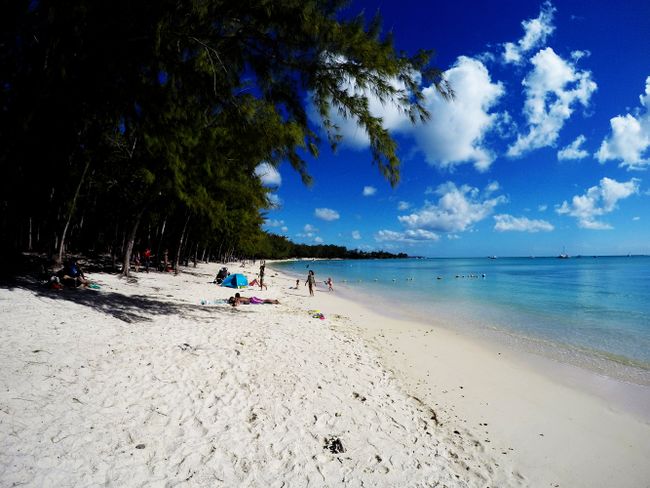
旅行レポートモーリシャス
